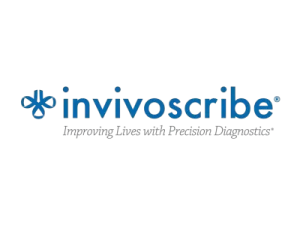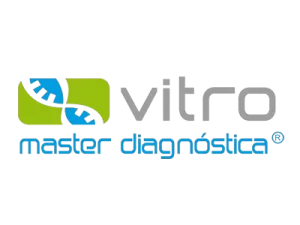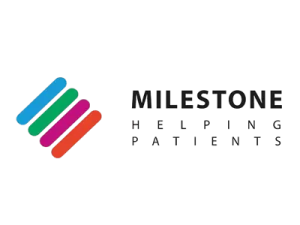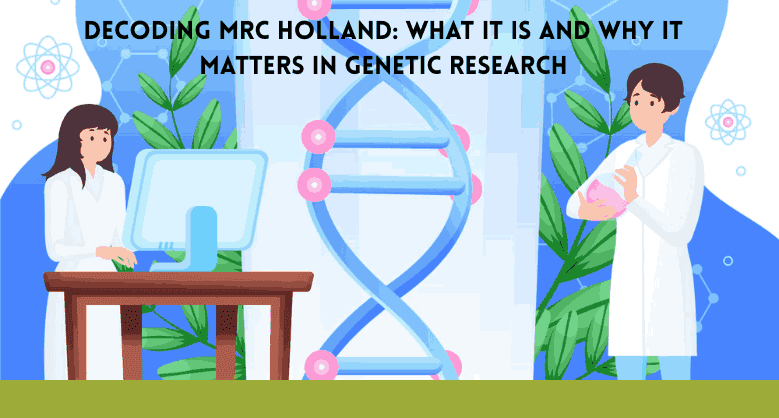DSS: Redefining Biotechnology & Life Science in India
- About Us
- Products & Services
PRODUCTS & SERVICES
- Applications & Specialities
All Applications & Specialities
- Brands
- Contact Us
-

-
 0
0
- ☰
- About Us
- Products & Services
- Applications & Specialities
- Brands
- Brand - Life Sciences
- 3i
- ABBERIOR INSTRUMENTS
- Abbott Molecular
- ADS Biotec
- APPLIED SPECTRAL IMAGING
- BioAir Tecnilabo
- DAKO (AGILENT)
- Eden Tech
- Elveflow
- ENTROGEN
- EUROCLONE
- EVIDENT
- Genea
- Hamamatsu Photonics
- Invivoscribe
- MASTER DIAGNOSTICA
- MBF BIOSCIENCE
- Medical Tek Co. Ltd
- MILESTONE MED SRL
- Molecular Machines & Industries
- MRC HOLLAND
- NeoDx
- Onward Assist
- Profound
- SCIENTIFICA
- SpaceGen
- Seqlo
- µCyte
- Brand - Industrial
- Brand - Life Sciences
- News & Events
- Career
- Contact Us
- Testimonial
- Blogs
- R&D
- CSR
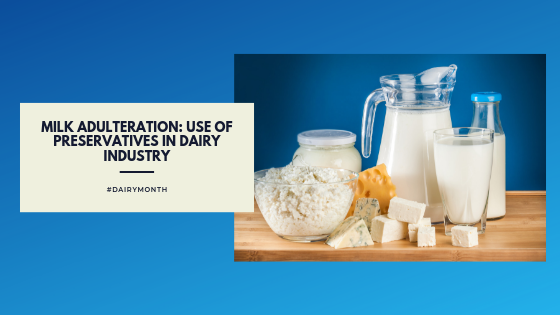
Use of Preservatives in Dairy Industry
BY Bhawna Bhatti June 26, 2019
Milk is a global food source as it is rich in nutrients. At present India is the largest producer of milk in the world with over 150 million tonnes of production and per capita availability of over 300 grams per day. The dairy industry has seen tremendous growth and as demand is increasing, it is expected to grow more in future too.
The basic ingredient for all the dairy products is milk. Raw milk has a very short shelf life. To overcome this, preservatives are added in milk derivative dairy products to increase the shelf life of the product. Preservative is a substance which when added in limits to food, is capable of inhibiting, retarding or arresting the process of fermentation, acidification or other decomposition of food.
Preservatives are broadly divided into 2 Classes;
- Class I includes common salt, sugar, spices, vinegar, honey etc. The addition of these preservatives is not restricted unless otherwise provided in the regulation appendix of every product by the regulation authorities.
- Class II includes benzoic acid, sorbic acid, nisin, sodium diacetate etc. the addition of these preservatives is restricted and the addition of more than one Class II preservative is prohibited.
The most commonly used preservatives in dairy products such as cheese and yogurt are benzoate, sorbate, and natamycin. These compounds are generally used to inhibit various types of microorganisms. Sodium benzoate the first chemical preservative approved in food products by the FDA. The carboxyl group and conjugated double bonds in the sorbate structure are reactive and have a strong effect on the antimicrobial activity as well as the quality and the safety of the product. Natamycin plays an important role in surface treatment of food like cheese. The mold grows on the surface of cheese which is the major factor limiting the shelf life. Natamycin is active against nearly all yeasts and molds.
Milk adulteration with dangerous preservatives is a huge challenge for the dairy industry. Driven by greed and lack of responsibility towards society few dealers add chemicals such as formaldehyde, hydrogen peroxide, boric acid, and antibiotics into the milk. The dairy industry has strict Quality control parameters to overcome this issue. The Chemical and molecular biology-based testing is done to make sure the product reaches the consumer is safe and of high quality.
Latest Articles
Decoding MRC Holland: What It Is and Why It Matters...
BY DSS Imagetech Pvt Ltd October 15, 2025
In the vast and complex world of our DNA, tiny changes can have monumental consequences. For decades, scientists have sought reliable and efficient ways to read this genetic blueprint, to...
Read MoreHarnessing Molecular, Cytogenetic and NGS Technologies for Better Outcomes In...
BY DSS Imagetech Pvt Ltd September 22, 2025
Written by Dr. Hitarth Patel, Application Specialist Every September, the world comes together for Childhood Cancer Awareness Month, represented by the gold ribbon. This month is dedicated to raising awareness,...
Read MoreHow Delhi’s Biotech Industry Is Evolving with Cutting-Edge Research Tools
BY DSS Imagetech Pvt Ltd September 22, 2025
In the heart of India’s capital, a quiet revolution promises to change the future of medicine, agriculture, and sustainable living. What was once a landscape dominated by traditional industries is...
Read More














